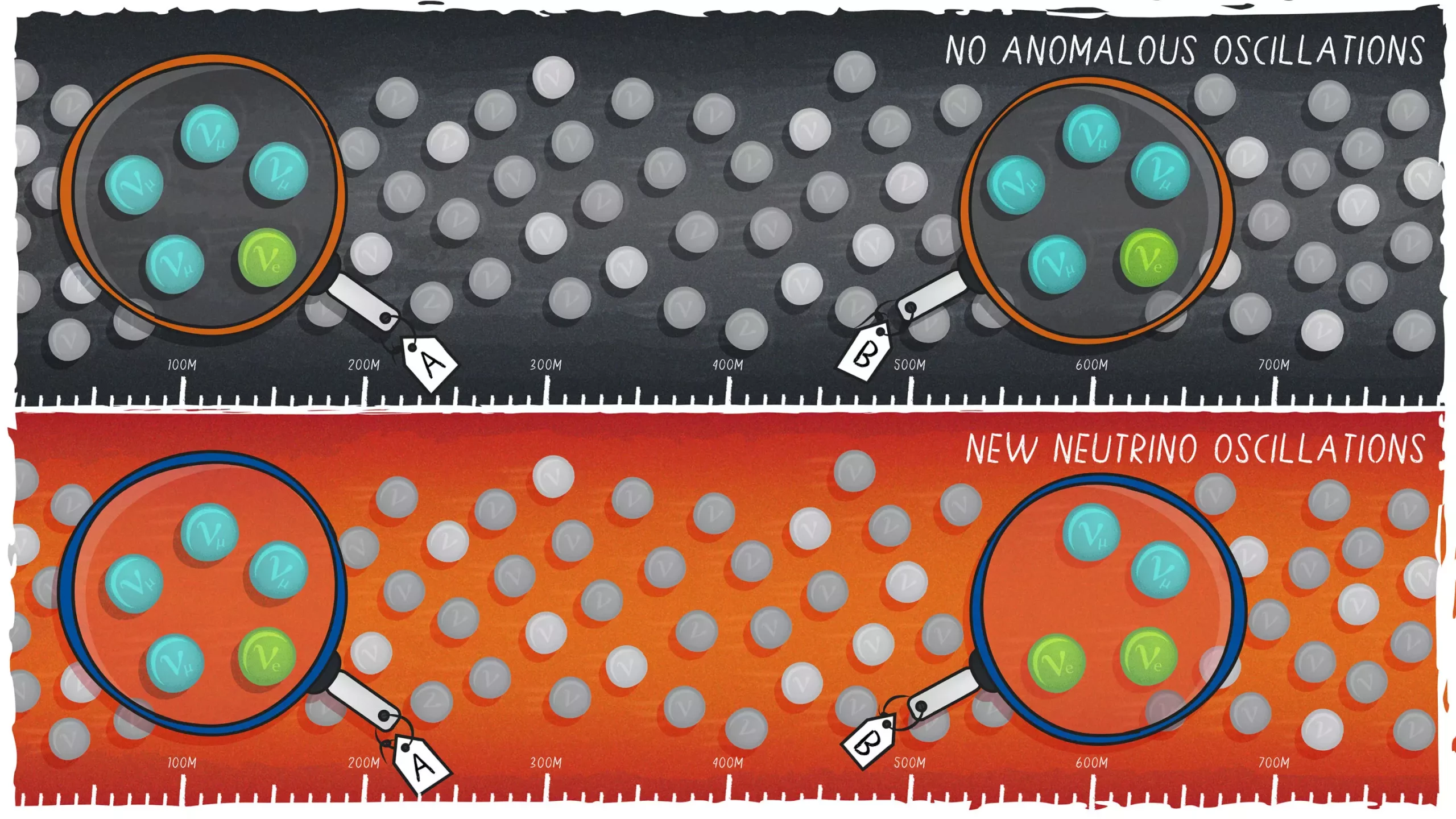Neutrinos, the second most abundant particles in the universe, are notoriously difficult to study due to their minimal interactions with matter. The recent detection of the first neutrino interactions at Fermilab’s Short-Baseline Near Detector (SBND) marks a significant milestone in the field of particle physics. The SBND collaboration, consisting of 250 physicists and engineers from various countries, has been working tirelessly for nearly a decade to bring this project to fruition.
The detection of neutrino interactions at SBND holds the key to solving a longstanding mystery in particle physics. The Standard Model, while a well-tested theory, is incomplete and has shown discrepancies in previous experiments that hint at the existence of a new type of neutrino. Neutrinos, which come in three flavors – muon, electron, and tau – have been observed to oscillate between these states, suggesting the presence of additional neutrino flavors. The discovery of a fourth neutrino could revolutionize our understanding of the universe.
SBND is part of Fermilab’s Short-Baseline Neutrino (SBN) Program and serves as the near detector in tandem with ICARUS, the far detector. This unique setup allows for the direct measurement of neutrinos as they are produced and after potential oscillations have occurred. By capturing a large number of interactions per day, SBND provides researchers with a wealth of data to study neutrino properties with unprecedented precision.
Studying neutrino interactions with argon, as done at SBND, presents its own set of challenges due to the complex nature of interactions with heavier nuclei. However, the insights gained from these studies will be crucial for future experiments, such as the Deep Underground Neutrino Experiment (DUNE). Additionally, SBND’s proximity to the particle beam opens up the possibility of observing other particles beyond neutrinos, including potential clues to the elusive dark matter.
The detection of the first neutrinos at SBND is just the beginning of a long journey of exploration and discovery for the collaboration. With plans to continue operating the detector and analyzing the vast amount of data collected, SBND is poised to unlock new insights into the world of neutrinos and beyond. This momentous occasion marks the start of a new era for the SBND collaboration and the field of particle physics as a whole.


Leave a Reply